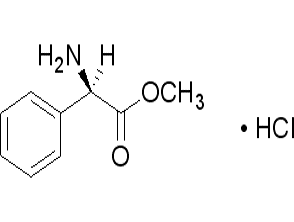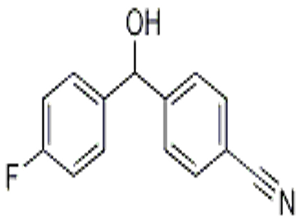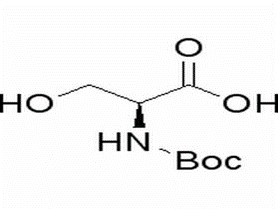4-Methoxy-2-nitroaniline(CAS#96-96-8)
| Risk Codes | R26/27/28 – Very toxic by inhalation, in contact with skin and if swallowed. R33 – Danger of cumulative effects R52/53 – Harmful to aquatic organisms, may cause long-term adverse effects in the aquatic environment. |
| Safety Description | S28 – After contact with skin, wash immediately with plenty of soap-suds. S36/37 – Wear suitable protective clothing and gloves. S45 – In case of accident or if you feel unwell, seek medical advice immediately (show the label whenever possible.) S61 – Avoid release to the environment. Refer to special instructions / safety data sheets. |
| UN IDs | UN 2811 6.1/PG 2 |
| WGK Germany | 2 |
| RTECS | BY4415000 |
| TSCA | Yes |
| HS Code | 29222900 |
| Hazard Class | 6.1 |
| Packing Group | II |
Introduction
2-Nitro-4-methoxyaniline, also known as 2-Nitro-4-methoxyaniline. The following is an introduction to some of the compound’s properties, uses, preparation methods, and safety information:
Quality:
1. Appearance: 2-nitro-4-methoxyaniline is a white to yellow solid with a special odor.
2. Solubility: It has a certain solubility in ethanol, chloroform and ether solvents.
Use:
1. 2-nitro-4-methoxyaniline can be used as a raw material for the synthesis of organic dyes, which are widely used in the textile and leather industries.
2. In chemical research, the compound can be used as an analytical reagent and a fluorescent probe.
Method:
2-nitro-4-methoxyaniline can be prepared by the reaction of p-nitroaniline with methanol. The specific reaction conditions and procedures can be optimized according to the experimental needs.
Safety Information:
1. It is irritating in contact with the skin, eyes and inhalation, so you should pay attention to protective measures and avoid contact.
2. It is a flammable solid, which needs to be kept away from fire sources and high temperatures.
3. During operation and storage, care should be taken to avoid contact with harmful substances such as oxidants to prevent dangerous reactions.
4. When in use, it is necessary to operate in a well-ventilated place, and wear appropriate personal protective equipment such as protective gloves, glasses and protective clothing.
5. When disposing of the waste of the compound, it should be disposed of in accordance with local environmental protection regulations.








